Lauren Wesley-Smith reads Miranda Wilson’s detailed guide to the cello repertoire
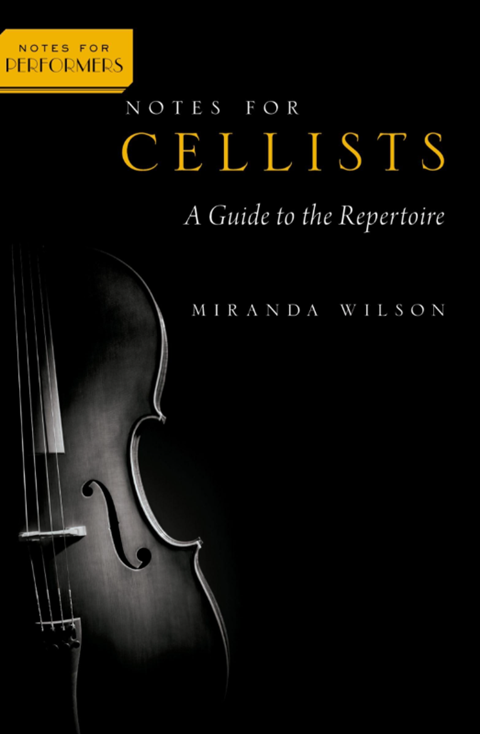
Notes for Cellists: A Guide to the Repertoire
Miranda Wilson
240PP ISBN 9780197623732
Oxford University Press £22.99
Notes for Cellists has a difficult tightrope to walk: it has to offer valuable insights on a broad range of cello repertoire, while remaining accessible and easy to read. With lesser-known works now gaining traction alongside the current warhorses of the canon, which compositions will still be relevant in years to come? Despite a variety of challenges, Miranda Wilson manages the balance commendably well.
The book has ten sections, which explore different time periods, styles and compositional forms. There is only one piece per composer, covered within 3–5 pages, each with a table analysing the harmonic structure. Initially I was startled by how quickly each chapter goes by but, brief though it may be, the book is a useful resource to consult when writing programme notes, and whets the appetite to learn more. The footnotes list every source cited and there is a full bibliography at the end, giving a great springboard for further research.
It’s refreshing to see Fanny Hensel, Louise Farrenc and Ethel Smyth included among the Romantic composers, and greater diversity still as the book progresses towards the modern era, without disregarding the historical canon. Most titles were familiar to me, but the ones I didn’t know were gems to discover – especially the works for solo cello by Bright Sheng, Reena Esmail and Adolphus Hailstork.
I found the historical context to be the book’s most interesting aspect, and a testament to this is how often I found myself reading facts and anecdotes aloud to fellow musicians. Maybe others knew that thumb position was pioneered in Naples and Rome by cellist Francesco Arborea in the early 16th century, but I certainly didn’t! And who could resist a chuckle at 18th-century gambist Hubert Le Blanc’s jaded description of the cello as ‘a cancer, hated, a miserable devil’?
Music history and theory are often taught independently of learning an instrument, granting general understanding but only vague application to the cello. Notes For Cellists is an important resource for bridging this gap, helpful to teachers and learners alike, giving insight into how the cello and its repertoire have developed through the centuries. As for myself, I’m certain I’ll revisit it time and time again.
LAUREN WESLEY-SMITH

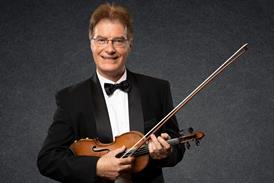




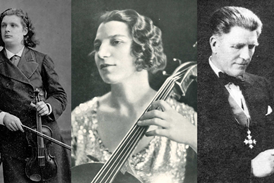



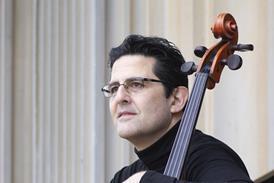


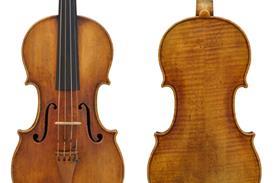
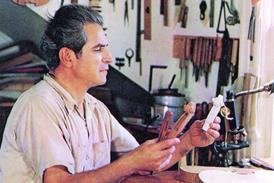



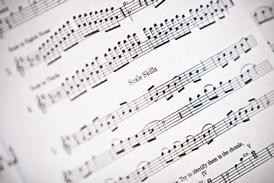
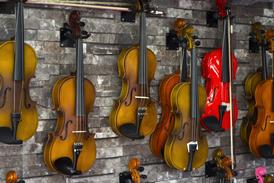

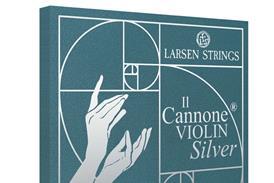

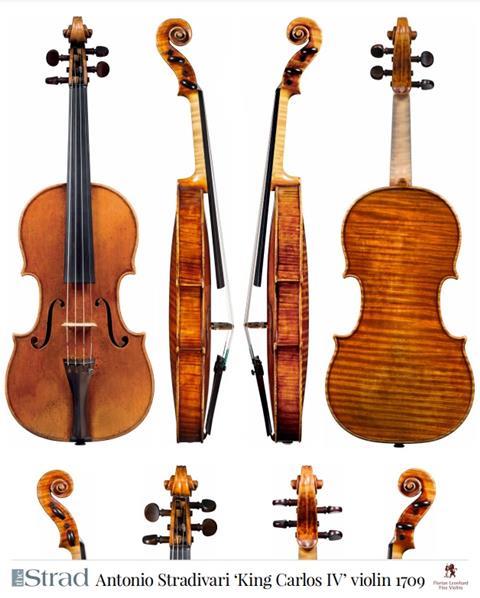
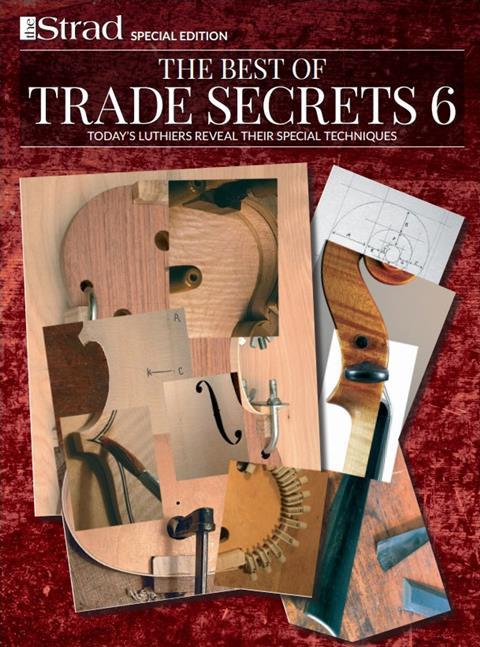
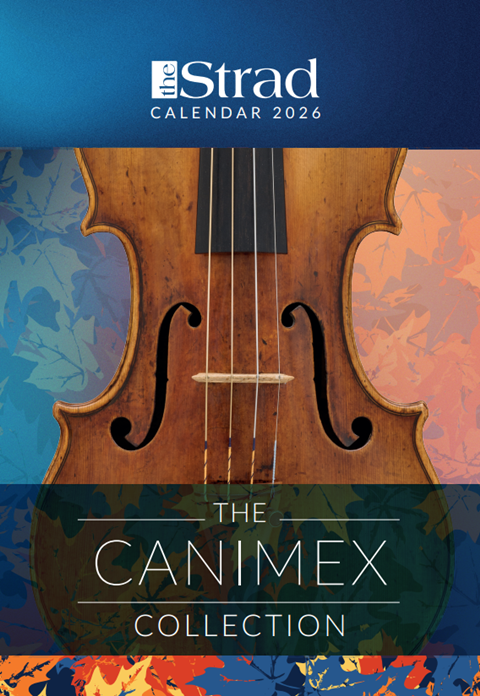
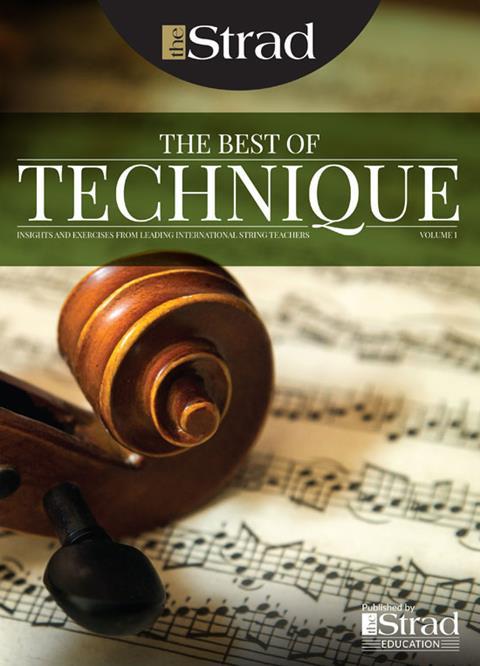
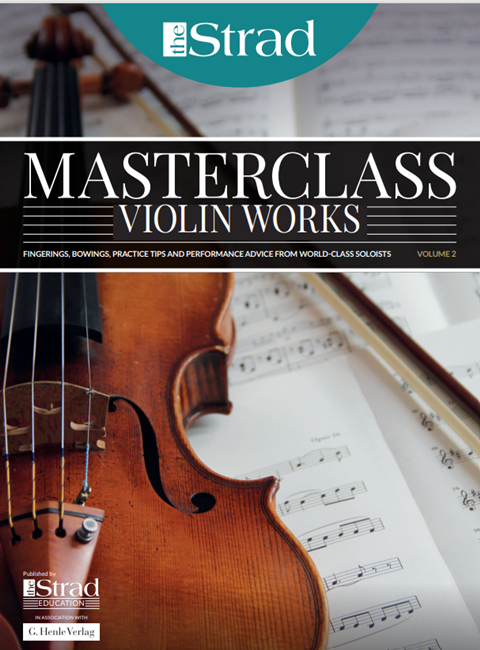
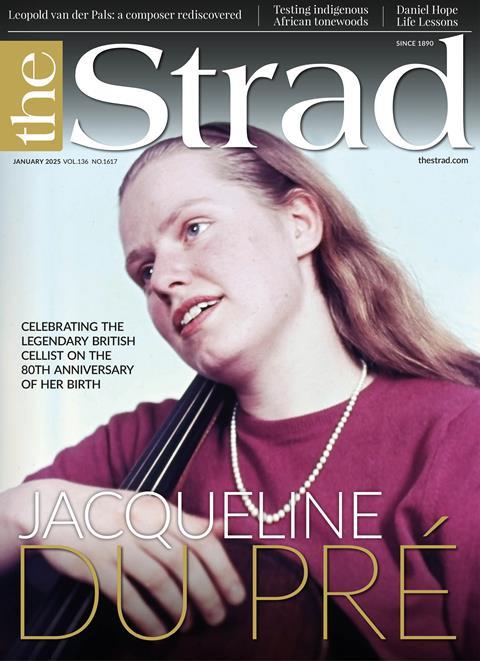
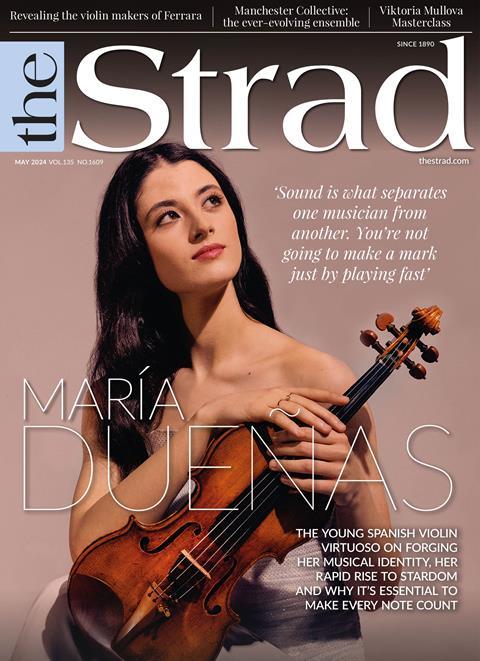
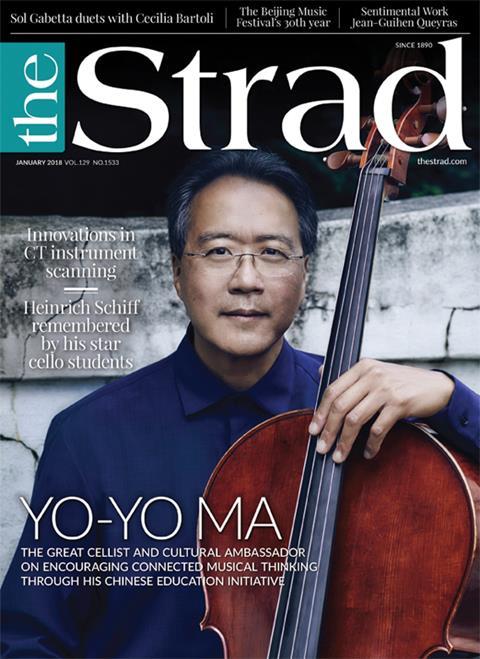












No comments yet